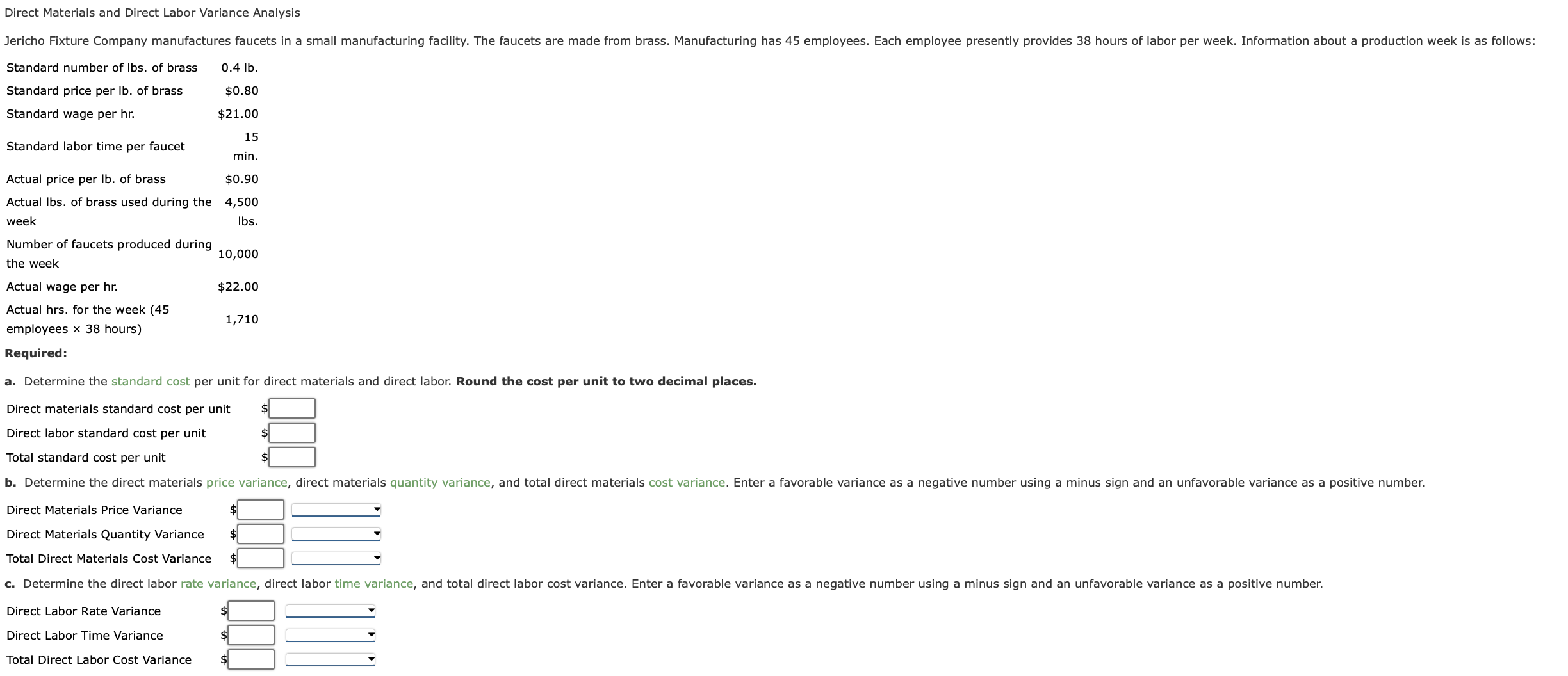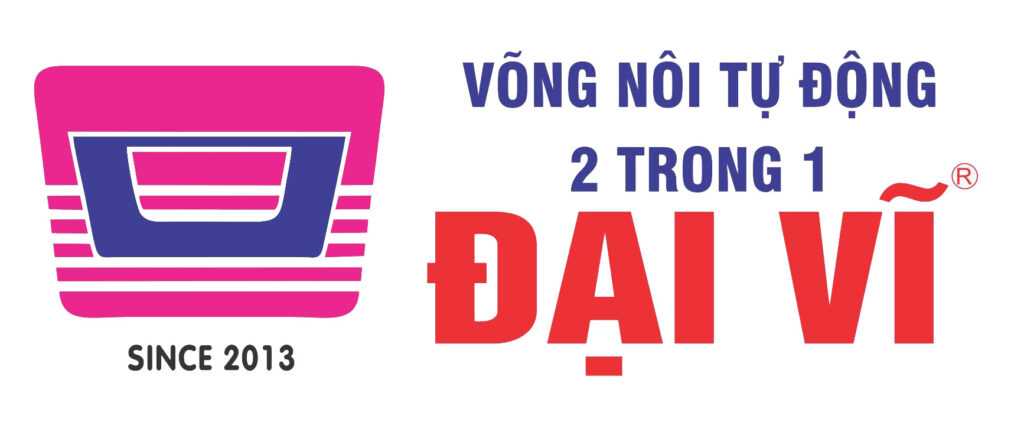Bookkeeping
How to Calculate Direct Labor Efficiency Variance

With either of these formulas, the actual rate per hour refers to the actual rate of pay for workers to create one unit of product. The standard rate per hour is the expected rate of pay for workers to create one unit of product. The actual hours worked are the actual number of hours worked to create one unit of product. If there is no difference between the standard rate and the actual rate, the outcome will be zero, and no variance exists.
What are the causes of Direct Labor Mix Variance?
Our mission is to empower readers with the most factual and reliable financial information possible to help them make informed decisions for their individual needs. Our writing and editorial staff are a team of experts holding advanced financial designations and have written for most major financial media publications. Our work has been directly cited by organizations including Entrepreneur, Business Insider, Investopedia, Forbes, CNBC, and many others. Our team of reviewers are established professionals with decades of experience in areas of personal finance and hold many advanced degrees and certifications.
Why You Can Trust Finance Strategists
However, these workers may cause the quality issues due to lack of expertise and inflate the firm’s internal failure costs. In order to keep the overall direct labor cost inline with standards while maintaining the output quality, it is much important to assign right tasks to right workers. Actual and standard quantities and rates for direct labor for the production of 1,000 units are given in the following table. Total actual and standard direct labor costs are calculated by multiplying number of hours by rate, and the results are shown in the last row of the first two columns.
- Like direct labor rate variance, this variance may be favorable or unfavorable.
- The company used 39,500 direct labor hours and paid a total of $325,875.
- However, these workers may cause the quality issues due to lack of expertise and inflate the firm’s internal failure costs.
- The standard cost of direct labor and the variances for the February 2023 output is computed next.
Do you own a business?
Note that both approaches—direct labor rate variance calculationand the alternative calculation—yield the same result. In this question, the Bright Company has experienced a favorable labor rate variance of $45 because it has paid a lower hourly rate ($5.40) than the standard hourly rate ($5.50). Because Band made 1,000 cases of books this year, employees should have worked 4,000 hours (1,000 cases x 4 hours per case). However, employees actually worked 3,600 hours, for which they were paid an average of $13 per hour. Direct Labor Mix Variance can be used to make a product more cost-efficient, less wasteful of resources, and save time during production. It is used to increase the profits of the company by saving money on labor costs.
Ask a Financial Professional Any Question
Michellewas asked to find out why direct labor and direct materials costswere higher than budgeted, even after factoring in the 5 percentincrease in sales over the initial budget. Lynn was surprised tolearn that direct labor and direct materials costs were so high,particularly since actual materials used and actual direct laborhours worked were below budget. We have demonstrated how important it is for managers to beaware not only of the cost of labor, but also of the differencesbetween budgeted labor costs and actual labor costs. This awarenesshelps managers make decisions that protect the financial health oftheir companies. The combination of the two variances can produce one overall total direct labor cost variance.

The labor efficiency variance calculation presented previouslyshows that 18,900 in actual hours worked is lower than the 21,000budgeted hours. Clearly, this is favorable since theactual hours worked was lower than the expected (budgeted)hours. In February DenimWorks manufactured 200 large aprons and 100 small aprons. The standard cost of direct labor and the variances for the February 2023 output is computed next. Direct labor rate variance arise from the difference in actual pay rate of laborers versus what is budgeted. If the total actual cost incurred is less than the total standard cost, the variance is favorable.
An overview of these two types of labor efficiency variance is given below. Calculating DLYV is important to assess the productivity of labor and identify areas where operational efficiency can be improved. For the past 52 years, Harold Averkamp (CPA, MBA) hasworked as an accounting supervisor, manager, consultant, university instructor, and innovator in teaching accounting online. For the past 52 years, Harold Averkamp (CPA, MBA) has worked as an accounting supervisor, manager, consultant, university instructor, and innovator in teaching accounting online. Textbook content produced by OpenStax is licensed under a Creative Commons Attribution-NonCommercial-ShareAlike License . Someone on our team will connect you with a financial professional in our network holding the correct designation and expertise.
By showing the total direct labor variance as the sum of the two components, management can better analyze the two variances and enhance decision-making. In this case, the actual rate per hour is $7.50, the standard rate per hour is $8.00, and the actual hour worked is 0.10 hours per box. This is a 3 ways to build assets favorable outcome because the actual rate of pay was less than the standard rate of pay. As a result of this favorable outcome information, the company may consider continuing operations as they exist, or could change future budget projections to reflect higher profit margins, among other things.
As with direct materials variances, you can use either formulas or a diagram to compute direct labor variances. Calculating and managing direct labor efficiency variance is essential for controlling labor costs in the construction industry. In this article, we’ll explain what direct labor efficiency variance is. We’ll also show the formula used to calculate it and the factors that affect its calculation. By the end, you’ll be able to understand how this measurement can improve your project’s labor costs, which means that it will ensure a more profitable outcome.
By calculating it, you will pinpoint inefficiencies and make informed decisions. Project deadlines are becoming tighter, and the rising cost of skilled labor, understanding and improving labor efficiency isn’t just a recommendation. Recall from Figure 10.1 that the standard rate for Jerry’s is$13 per direct labor hour and the standard direct labor hours is0.10 per unit. Figure 10.6 shows how to calculate the labor rateand efficiency variances given the actual results and standardsinformation. Review this figure carefully before moving on to thenext section where these calculations are explained in detail. Direct labor rate variance determines the performance of human resource department in negotiating lower wage rates with employees and labor unions.




